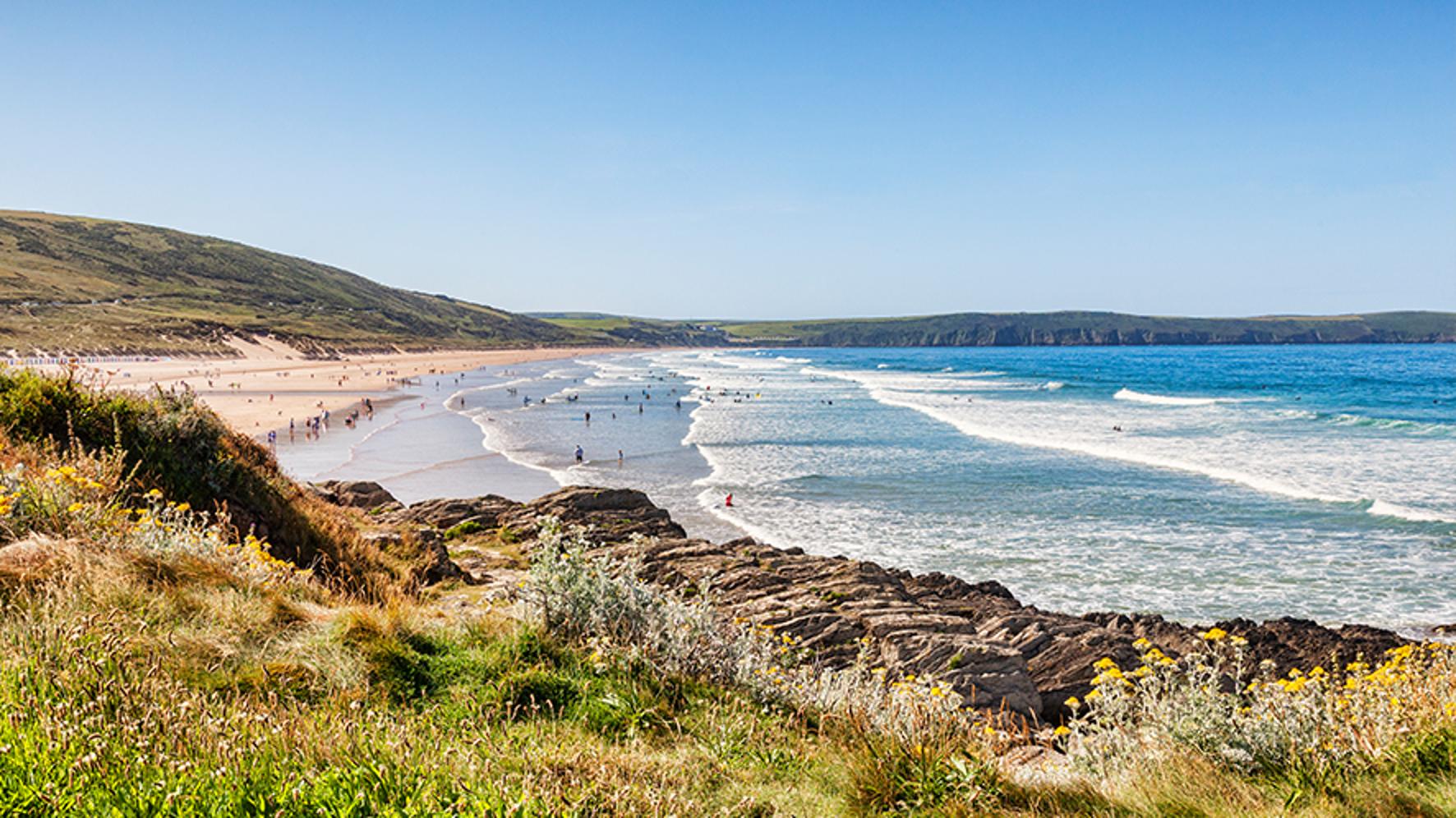Progress update: we’re cleaning up storm overflows
Throughout the South West, we’re working hard to address storm overflows. We know customers feel strongly about this and we share your vision of a region with cleaner rivers and beaches.
We’ve pledged to spend £760 million in the five years to 2030 to reduce storm overflow use, as part of a longer-term 15-year plan. This investment has already delivered results; we’ve already tackled 75% of the top 20 high-spilling sites (based on 2023 figures).
Why do we have storm overflows?
Storm overflows serve a purpose – if they were just closed up, there would be a risk of sewage backing up into people’s homes and neighbourhoods at times of high flow. They’ll always be on the system as a safety valve, but we want to ensure they are used much less.
To tackle each storm overflow, we need to survey local conditions and work out what the factors are that cause that particular overflow to spill. We design solutions that respond to the individual characteristics of the site. This might include installing storm tanks to hold excess wastewater, separating surface water from rainfall to reduce volume in the network, or adding capacity to pumping stations and treatment works.
In the last five years, we’ve reduced spills 20% at beaches in the bathing season, and we’re building on this work all the time.
Sites where we’ve reduced storm overflow use
Here are just a few examples of the progress we’ve made.
- Rilla Mill – We have cut storm overflows at one of the top 10 highest spillers in Cornwall by 93%.
- Targeted improvements and a new storm tank in North Petherwin in 2024 saw spills drop by 55% compared to 2023.
- Beals Mill, near Launceston – We reduced storm overflow spills by 40% at this site which had been the third highest spilling overflow in 2023.
- We halved storm overflow spills at North Molton in Devon in 2024 after adding new storm water storage to the local wastewater treatment works.
- Investment in the wastewater treatment works in the village of Fraddon, mid-Cornwall in December 2024 has delivered improvements to the site’s performance so far, cutting storm overflow spills by 40% in January 2025, compared to January 2024.
- Horrabridge Wastewater Treatment Works in West Devon, was one of our highest spilling storm overflows in 2023 but we delivered improvements to the site which saw one spill from the storm overflow in the first six weeks of this year, compared to 32 spills in the same period last year.
- Stibb Cross and Langtree wastewater treatment works, both located just outside of Torrington, were two of our highest spilling sites in 2023, recording over 400 spills in 2023. Works in the catchments have helped drive down spills, with a 90% reduction in spills in the seven months since the work was completed compared with the same period last year.
We’re delivering change
Our people live and work in the South West – we swim at the same beaches and drink the same tap water as customers. We’re committed to making the changes you want to see. Look out for more updates on progress as we address storm overflows throughout the region.
